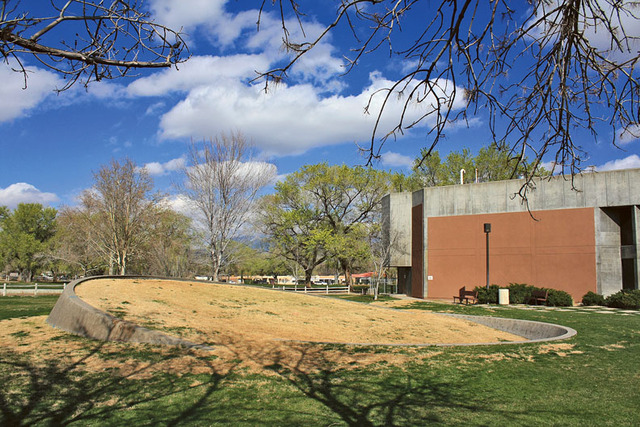Art Schmart: Destination Unm
Campus Art Guilty Of Public Exposure


“Highground” by Lloyd Hamrol near the law library
Sean McCullough
Latest Article|September 3, 2020|Free
::Making Grown Men Cry Since 1992


“Highground” by Lloyd Hamrol near the law library
Sean McCullough


